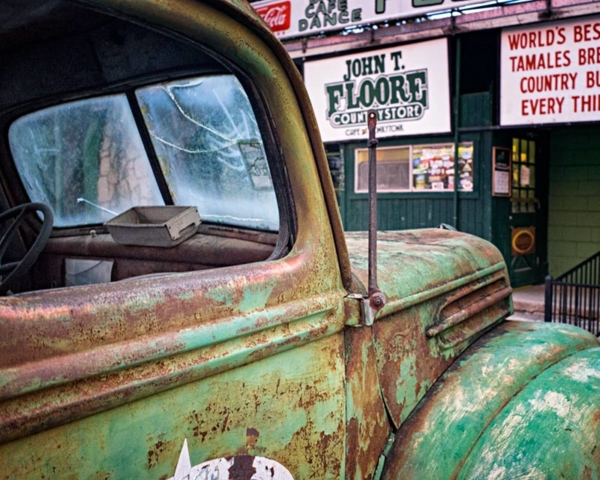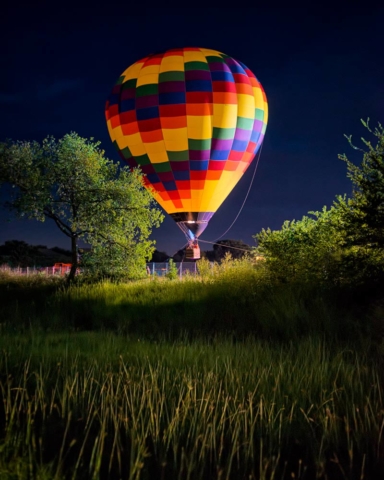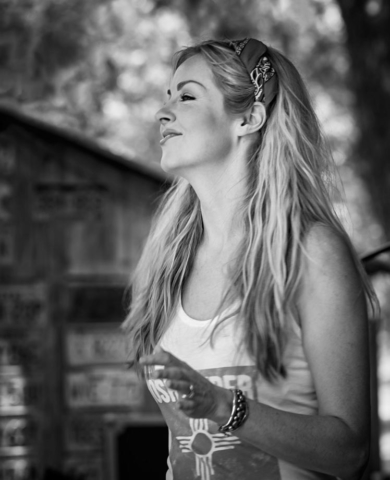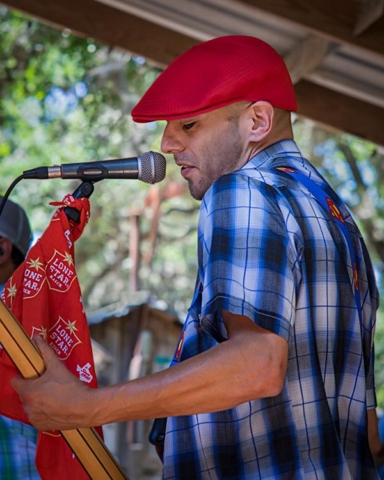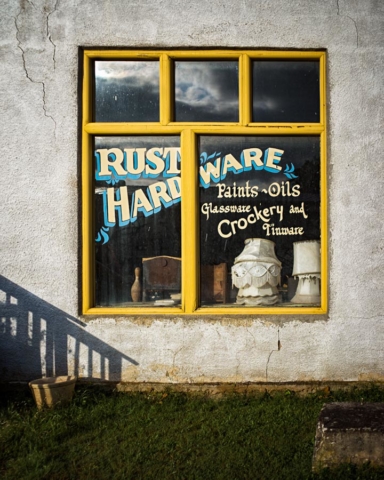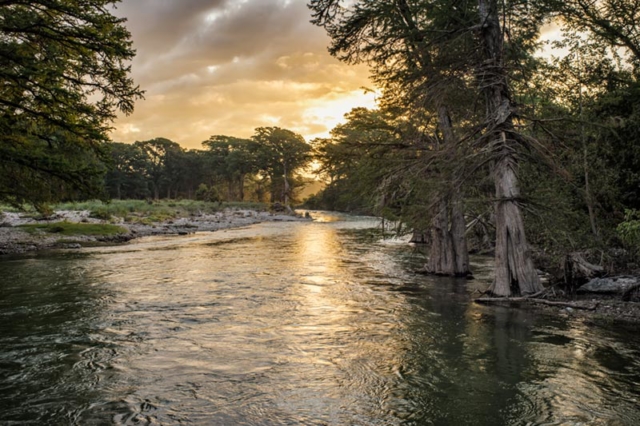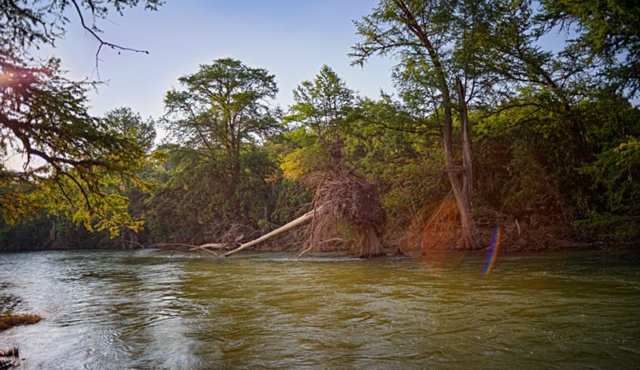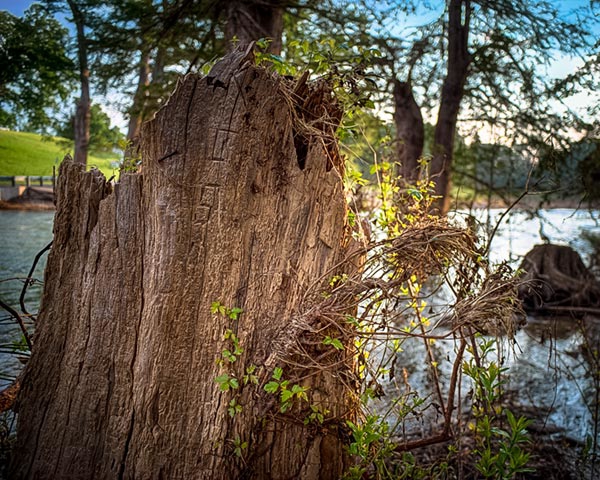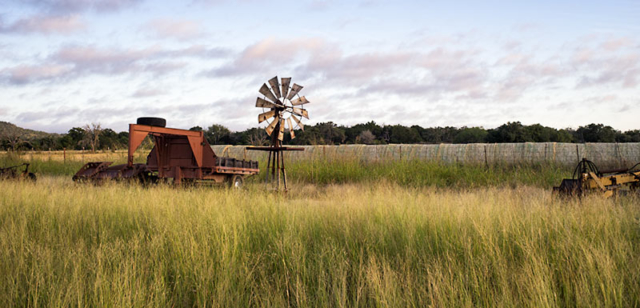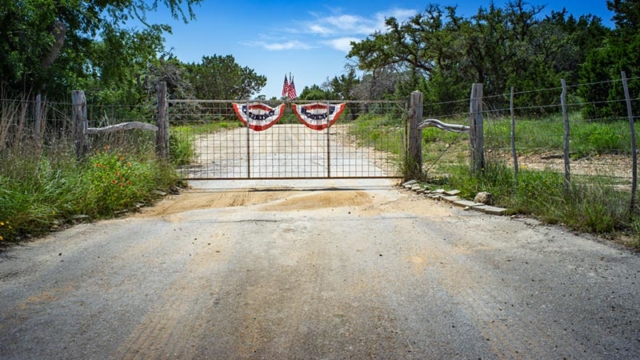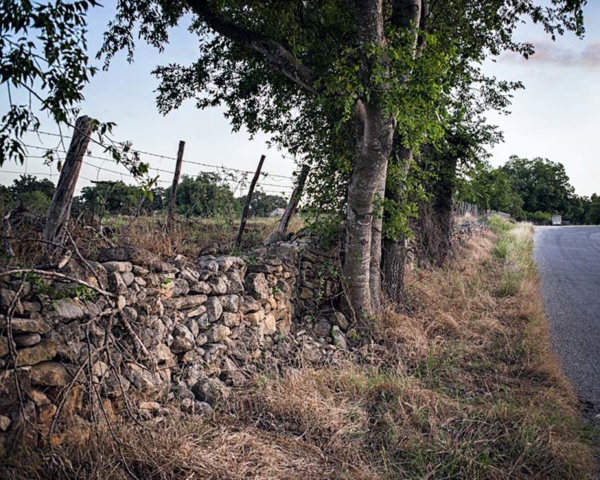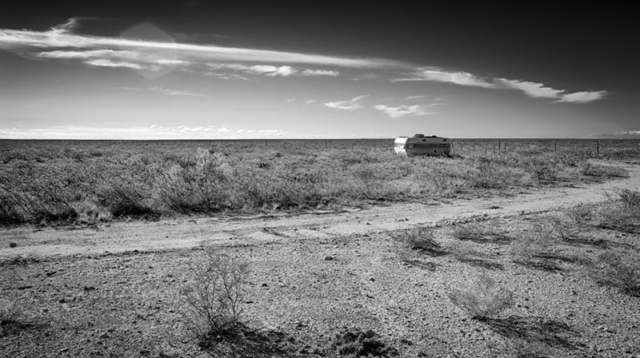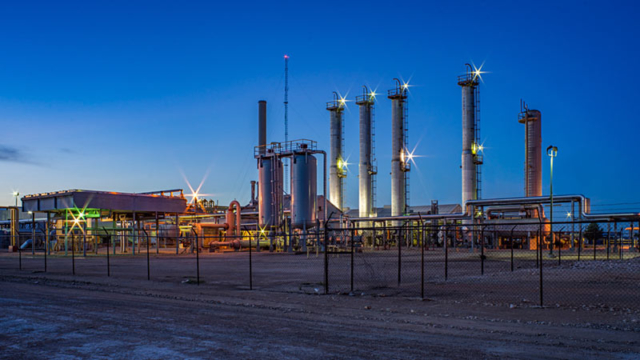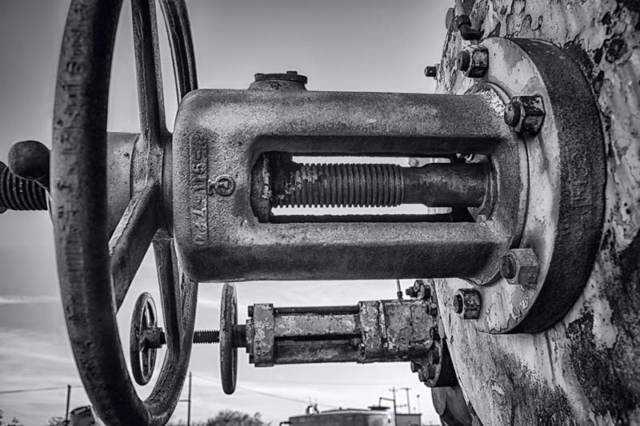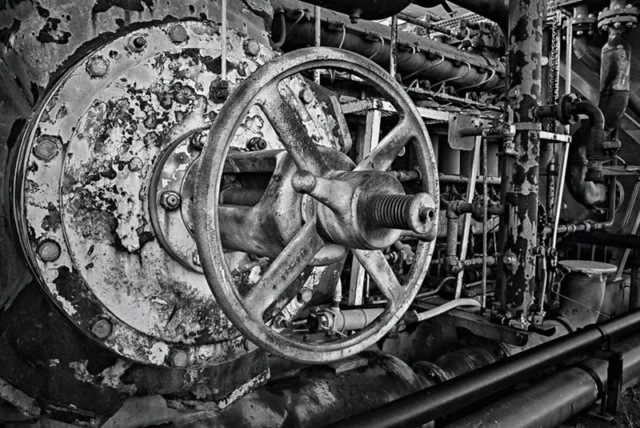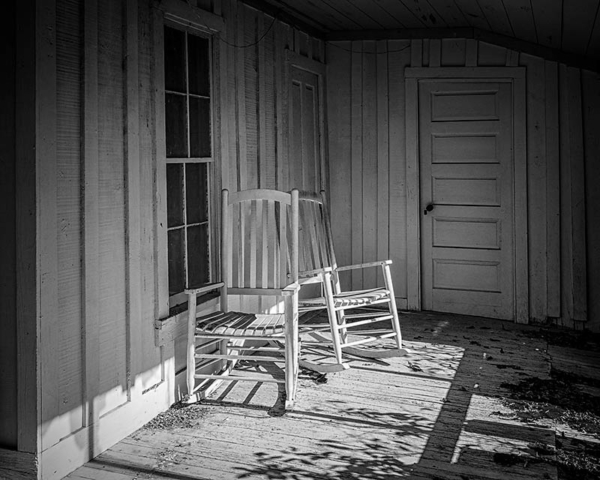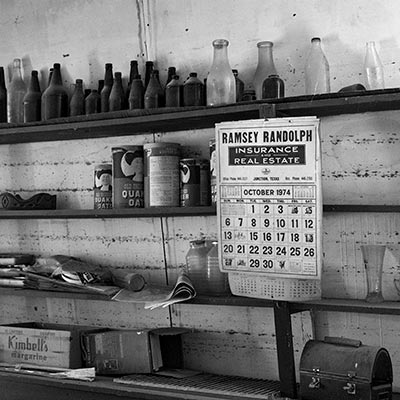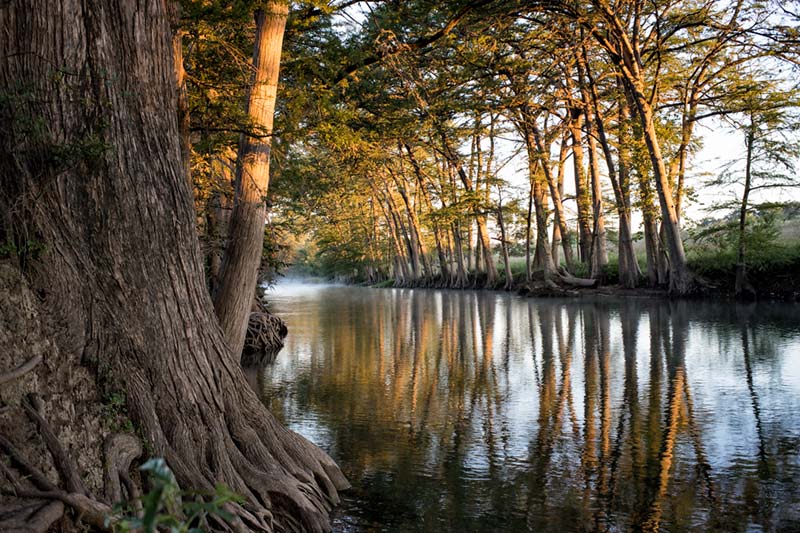Images captured with legacy lenses often have a different look than those captured with modern optics. Lenses for film cameras were designed using analog methodologies and manufactured with less precise tooling. That gives them what some enthusiasts call ‘character’. When adapted to digital cameras they often render images with unique qualities. That is not to say better qualities than modern lenses.
So far all my project images have been shot with one of four prime lenses in the range of 28-135mm. Not much reach considering I shot many images at 200mm with my X-T1. That would be a field of view around 300mm with the full frame A7II. Using prime lenses with just four available focal lengths has caused me to adapt the way I visualize images. That along with manual lens control has forced me to work slower. I’ve been shooting fewer frames with better results.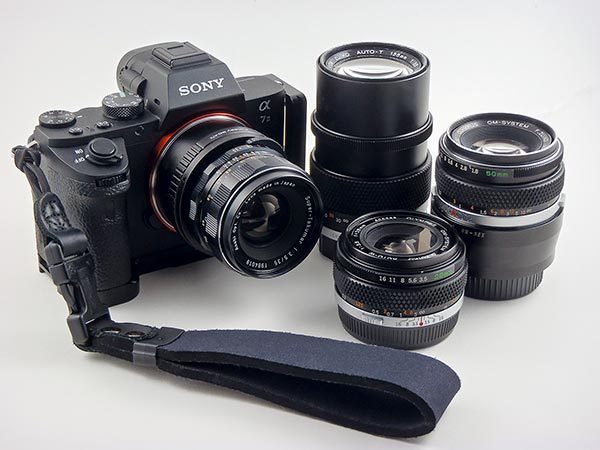
The first third of the project has not been as productive as I’d hoped. My time shooting in the field has been less over the last few months than any time in recent years. I expect that to change. I will be shooting more in the Texas Bend as well as around San Antonio in the coming months. Just for starters Día de Muertos is in a couple of weeks. That is always interesting to photograph.
To sum up, the project has exceeded my expectations. I’m enjoying my time with the camera and shooting better images. That makes the project a success to this point. I expected using legacy lenses would be a burden but I like the control they give me. Also the lenses I’m using are producing good results. What’s not to like?

